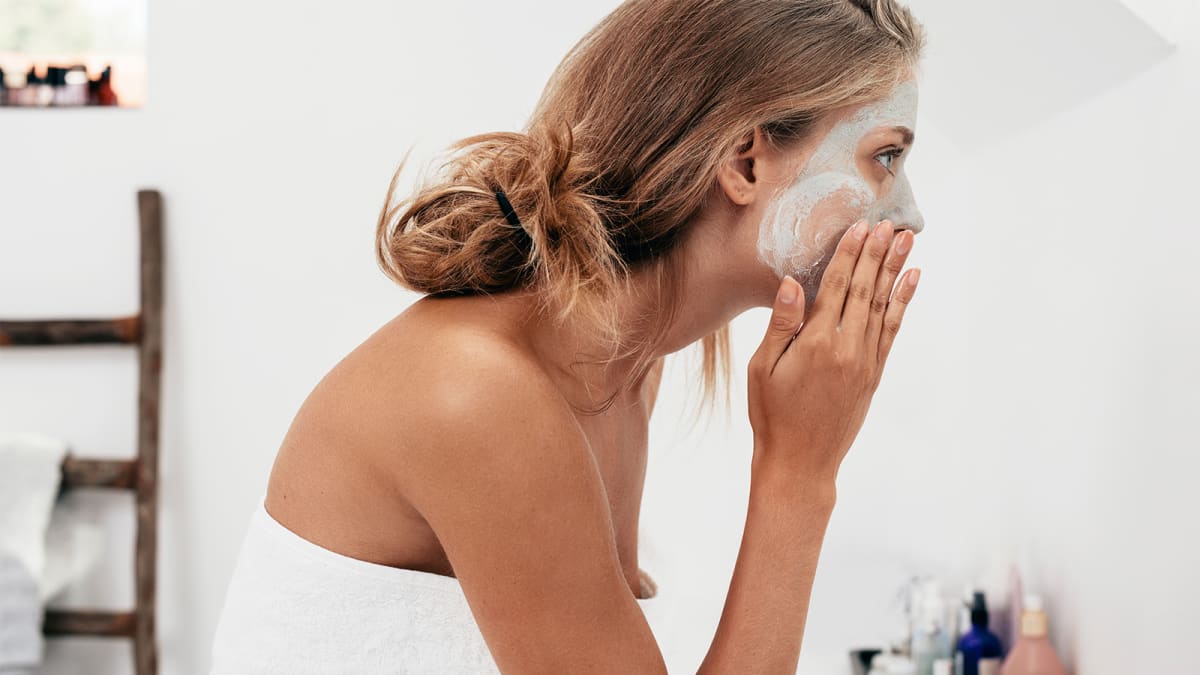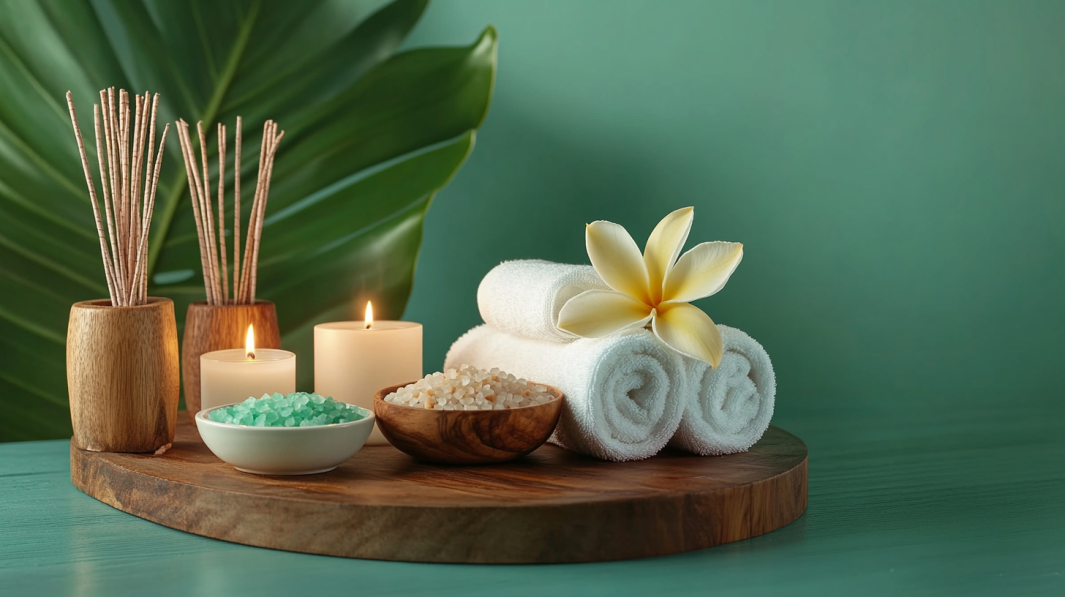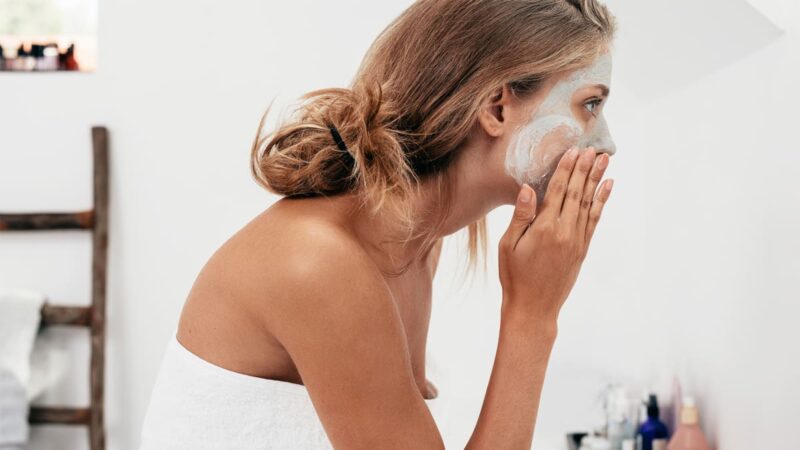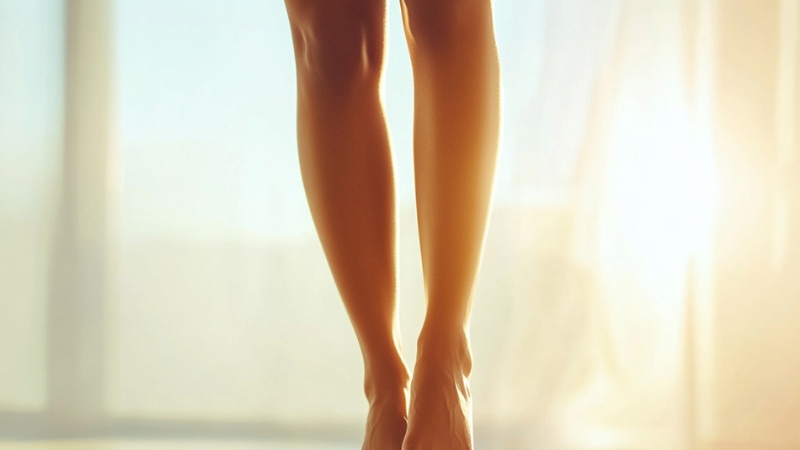
Share Post:
Everyone wants smooth and healthy-looking legs, but achieving that can feel tricky with dryness, bumps, or uneven skin texture. The good news is that you can improve your skin naturally without expensive products.
This guide will show you simple and effective ways to care for your legs and get smoother skin in 2024. Whether you’re preparing for warmer weather or just want to feel confident, these tips are easy to follow and work for all skin types.
Start with Regular Exfoliation
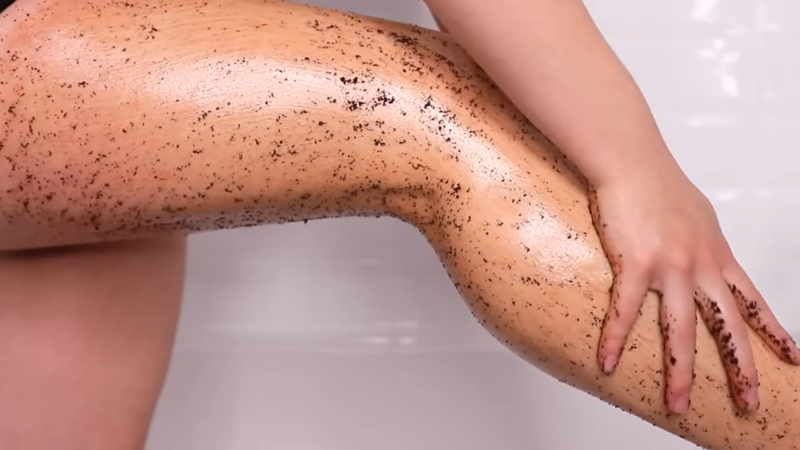
The foundation of smooth skin lies in exfoliation. Dead skin cells can build up over time, leaving the surface dull and rough. Twice a week, using a body scrub can be effective.
It’s gentle and leaves the skin feeling like silk. Massage it onto damp skin in circular motions, focusing on areas that feel rough, then rinse thoroughly.
The results are almost immediate—soft, glowing skin that’s ready for the next step.
Regular exfoliation also preps the skin for better absorption of moisturizers and other treatments, enhancing their effectiveness.
Dry Brushing
Dry brushing is another technique that works wonders. Using a brush with natural bristles and making small, circular motions, always working upwards toward the heart, helps slough off dead skin and promotes circulation. This method leaves the skin with a subtle, healthy glow and a firmer feel over time.
It’s also an excellent way to stimulate the lymphatic system, which can help reduce puffiness and improve overall skin texture. A few minutes a day can make a noticeable difference in smoothness and tone.
Gentle Cleansing
Harsh soaps can be a disaster for the skin’s moisture barrier. Instead, opt for hydrating cleansers. This type of cleanser leaves the skin feeling clean but not stripped.
A creamy lather keeps the skin balanced after each shower. Cooler showers also help. While hot water might feel luxurious, it can dry out the skin, making it harder to achieve a smooth finish.
Upgrade the Shaving Routine
When shaving is part of grooming, using the right tools makes all the difference. A quality razor, like Billie Razors, combined with hydrating shaving cream, can help reduce friction and minimize razor burn. Changing razor blades regularly prevents nicks and ensures a closer, more effective shave. The smoother the shave, the better the skin will feel and look afterward.
Taking time to shave in the direction of hair growth helps avoid irritation. Prepping the skin with warm water and exfoliating beforehand makes the shave much smoother and reduces the likelihood of ingrown hairs.
Hydration is Non-Negotiable
Introducing the NEW Creme de Corps Soothing Oil-To-Foam Body Cleanser & the Nourishing Dry Body Oil! Find them on https://t.co/Fy6rKmnM6D. ✨ pic.twitter.com/eKe6OSvzim
— Kiehl’s Since 1851 (@Kiehls) August 17, 2017
After exfoliating and shaving, hydration seals the deal. A rich, creamy product like the Youth to the People Superberry Firm + Glow Dream Body Butter provides intense moisture. For an added boost, layering a body oil like Kiehl’s Creme de Corps Nourishing Dry Body Oil on top locks in hydration. This method keeps the skin soft for longer periods.
Daily Moisturizing Tips
- Apply moisturizer immediately after a shower to lock in moisture. The dampness on the skin helps the product absorb more effectively.
- Use upward strokes to improve circulation. This small adjustment can make a noticeable difference.
- Don’t forget the knees and ankles—often the driest areas, they need extra care.
Sun Protection Is A Must-Have
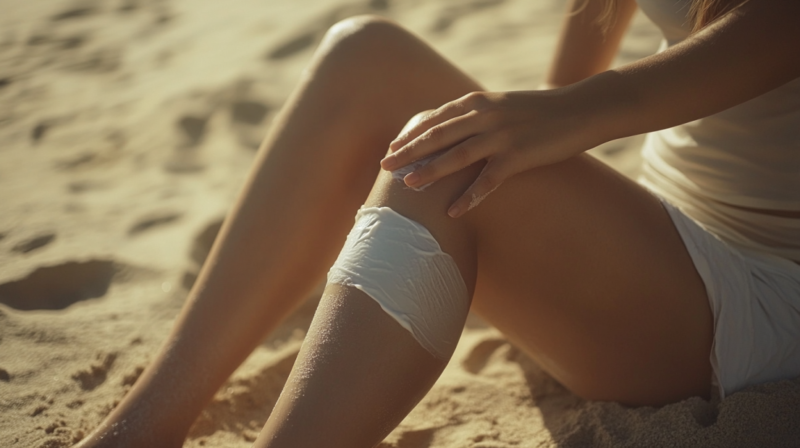
Unprotected sun exposure can undo all the effort put into skincare. Never skip sunscreen, even on cloudy days. A broad-spectrum SPF of 30 or higher is essential to prevent dryness, discoloration, and premature aging.
Reapplying sunscreen throughout the day, especially when outdoors, is equally important. This habit protects the skin from long-term damage and keeps it healthy.
Handling Breakouts
Leg and buttock breakouts can be frustrating but are manageable with the right approach. Spot treatments designed for body acne are effective. Regular exfoliation and avoiding heavy, pore-clogging products also prevent new breakouts.
Wearing breathable fabrics and showering after workouts can reduce the likelihood of irritation. Creating a clean, calm environment for the skin promotes healing and overall health.
Get a Sun-Kissed Glow
For an even skin tone, self-tanners can be a great addition. They provide a natural-looking glow that highlights smooth legs. Exfoliating beforehand ensures a streak-free application, and following instructions carefully yields the best results. A good self-tanner evens out imperfections and creates a radiant look.
Using a tanning mitt ensures smooth application while washing hands immediately afterward prevents staining. This quick method adds color and vibrancy without UV exposure.
When to Seek Professional Advice
Sometimes, persistent skin issues require expert attention. If irritation, bumps, or other concerns persist despite efforts, consulting a dermatologist can provide tailored solutions.
Professionals can recommend treatments or products specific to individual needs. If you’re dealing with concerns like varicose veins, consider consulting a varicose veins clinic for professional advice.
Seeking help for skin concerns is an investment in health and confidence. Expert advice can save time and frustration in achieving smooth, healthy skin.
Quick Tips for Everyday Care

- Hydrate from within: Drinking plenty of water keeps the skin supple. It’s a simple habit with significant benefits for texture and elasticity.
- Wear breathable fabrics: Tight or non-breathable clothes can irritate the skin. Opt for materials like cotton that allow for airflow.
- Be consistent: Regular care leads to smooth, healthy skin over time. A little effort every day adds up to significant results.
The Bottom Line
Achieving smooth skin on your legs doesn’t have to be complicated. By sticking to a regular routine with natural methods like exfoliating, moisturizing, staying hydrated, and eating well, you can see noticeable improvements. Small, consistent efforts can make a big difference.
Related Posts:
- Complete Mary Kay Routine for Glowing Skin -…
- What Do You Do at a Spa? Your Complete Guide to a…
- The Ultimate Guide to Clearing Clogged Pores for Good
- Struggling with Dry and Oily Skin? Your Products May…
- 8 Reasons Why Red Wine Could Be Your Secret to Glowing Skin
- Are Tanning Oils Safe? What It Does to Your Skin…



